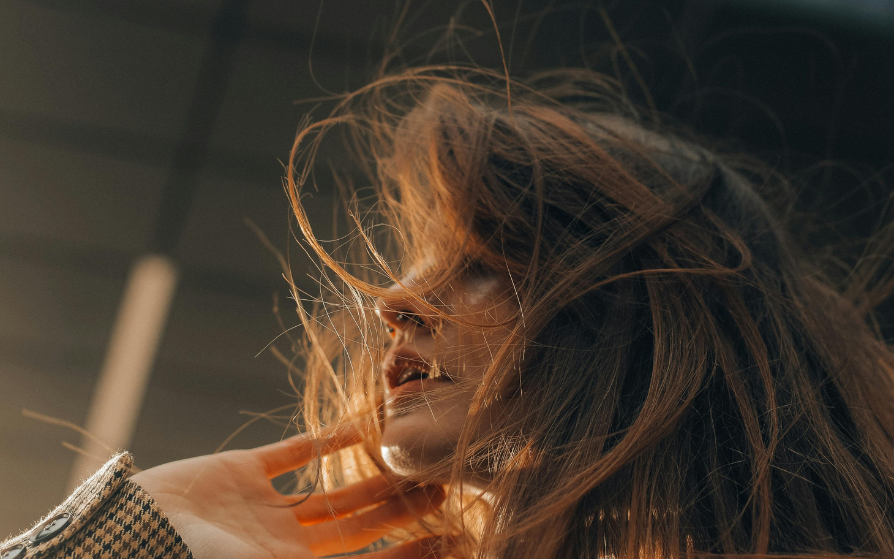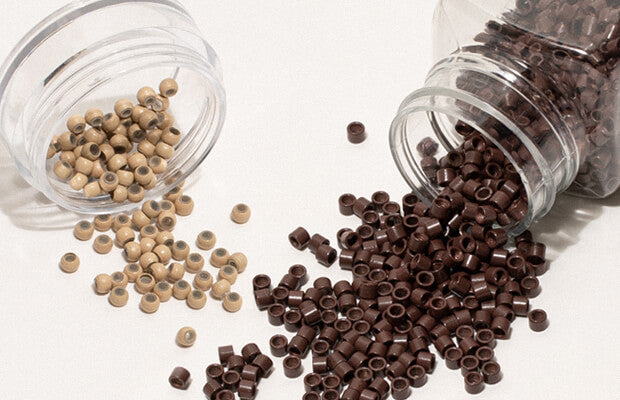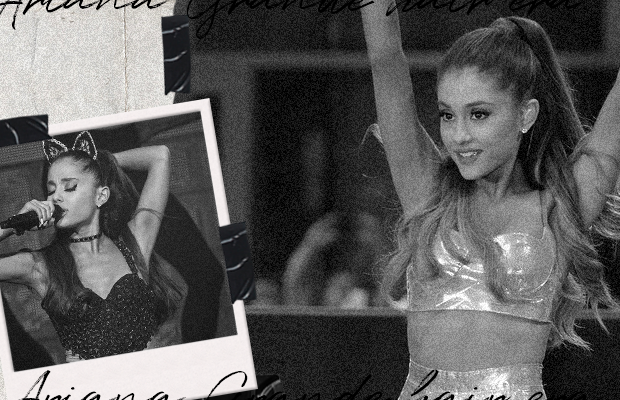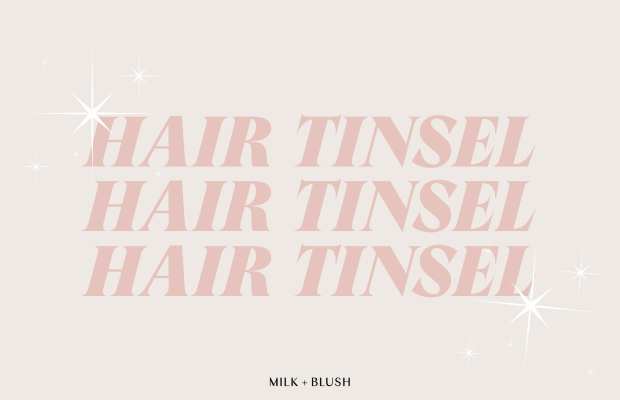Why Does My Hair Go Frizzy After Blow Drying?
Last updated on

Does your hair look and feel super frizzy after blow drying?
Sometimes it feels like it’s impossible to get that salon-smooth finish at home, no matter how many tutorials we watch.
But that’s just not true – and there are plenty of ways to avoid frizzy hair when drying.
Thankfully, the haircare experts at Milk & Blush are here to help, with five top tips for calming frizzy hair when blow drying…
What causes frizzy hair?
Before we get into our top tips for avoiding frizzy hair, we need to know why frizz happens in the first place.
Hair gets frizzy when the cuticle is raised, as moisture passes through your strands and causes them to swell. This normally occurs in dry or damaged hair and can be a sign that you’re using too much heat.
So, how can you avoid frizzy hair?
Below we look at the top five mistakes that often lead to frizzy hair – and how to change your haircare habits to achieve healthy hair:
- You Start Sculpting Too Soon
Your hair should be at least 60% dry before you start using the hair dryer – as the longer you expose it to the heat, the more likely you are to damage your locks.
Your hair is way more fragile when it’s wet, so picking up your round brush will only cause damage and frizz in the long term.
For the smoothest finish, start rough drying your hair on the medium heat and medium power setting once your hair is 60% dry.
Then, when you hit 80% dry, you can go in with your round brush and carve out the waves.
To hold everything in place, give your hair a blast with the cold setting at the end too, as it helps to seal the cuticle and prevent frizz.
- Your Hair Isn’t Fully Dry
If your hair is getting frizzy after a blow dry, it might be because you haven’t fully dried it.
You may dry your hair for the usual amount of time – and even think it's dry – but if you touch your hair and it feels cold, it probably means it’s still damp.
This leftover moisture will make your strands swell and eventually cause frizz.
So, it’s important to work in small sections when drying, as you’ll be less likely to miss any spots that might end up damp and frizzy.
- You’re Holding the Hair Dryer Too Close
High heat will cause your cuticles to swell, which is the biggest cause of frizz – so, you need to make sure you’re not frying your hair.
You never want to touch your hair with the hair dryer. And even for super sleek looks, the closest you should get to your locks is one inch away.
Getting too close could burn your hair and cause major damage. And you don’t want to hold it in the same place for too long either, so make sure to keep it moving and use a heat spray to protect your locks.
- Blow Drying In The Wrong Direction
The slim nozzle attachment for your hair dryer is ideal for frizzy hair – helping you direct the heat down your hair shaft and smooth the hair cuticles for a super glossy finish.
Blowing up towards the roots will have the opposite effect and rough up your hair, which could be the reason it’s getting frizzy after you blow dry.
- You Might Need To Upgrade Your Hair Dryer
It may not be your technique that’s causing the frizz but the hairdryer itself. Older models often have higher heat settings and don’t offer much protection for your hair, either.
So, if you know your hair is prone to frizz, it’s worth investing in something that’s kinder on your hair.
Ionic hair dryers emit negative ions that help to break up water molecules more quickly, as well as sealing the cuticle and smoothing it down. The ions also help to reduce static, making your hair feel smoother and softer.
Look for ceramic or porcelain coatings inside the dryer, too, which help to evenly distribute heat, making it less damaging on your hair.

















